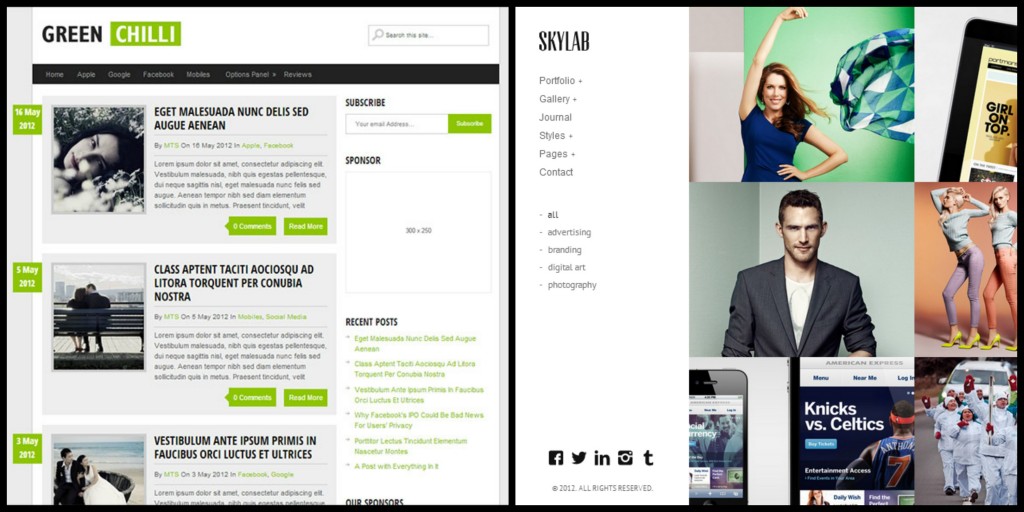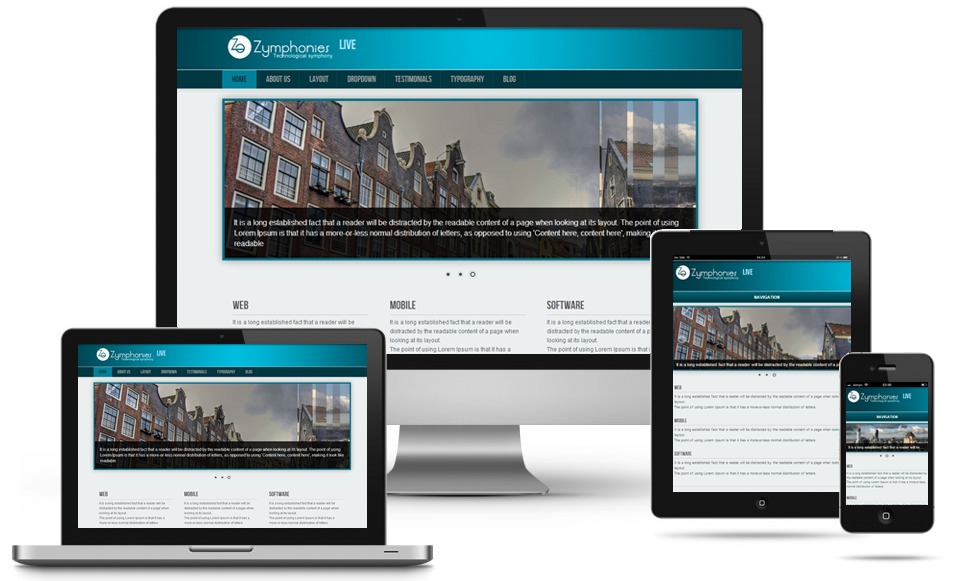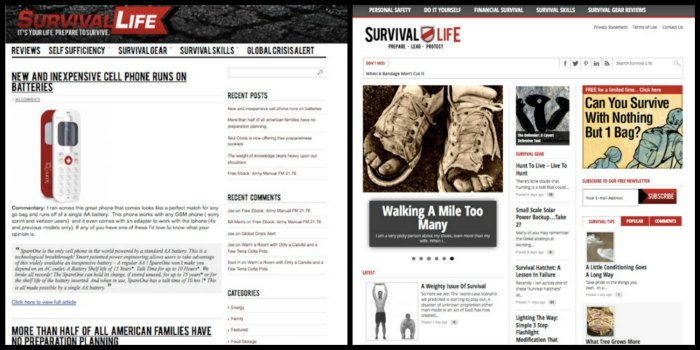5 Reasons Why Businesses Need to Start a Blog
Business owners might be surprised that the number one method to boost your online presence recommended by SEO experts is starting a blog. Having a blog attached to your domain adds numerous benefits to your content marketing strategy, making your online presence more appealing to potential customers. It also makes you easier to find by improving your ranking on the SERPs. Here are the top five reasons why your business needs its own blog today:
- It boosts your SEO. A blog is another area on your website where you can insert keywords while avoiding keyword stuffing. You can write posts about your local area to help you optimize for local search, or write about your product so that your website will be found more easily for that specific item.
- It can help raise your conversion rates. There are lots of reasons why good blog posts can appeal to potential customers: it can put their minds at ease about products; it can demonstrate exactly how products might be useful in their personal circumstances; and it can humanize you and your company.
- It adds value to your social media posting. Posting consistent content to your various social media platforms is the best strategy – posting content that is valuable specifically to your audience is even better. Cut down on your marketing pleas and post some of your blog publications instead.
- It establishes your expertise. When your website has all the answers to your customer base’s questions, you come out looking like the ultimate expert in your field. Being able to answer all of your customer’s questions establishes trust in your product and services, which leads to increased revenue.
- It reaches customers where they are. Your audience is faced with advertisements on every corner of the Internet. They’ve learned how to ignore them. However, people have never been more open to reading blog posts as they are now. In fact, reading blogs has become a mini version of reading a novel before bed. Original, valuable content slips past your audience’s defenses against ads, making them more interested in your company and your product than through any other form of marketing.
For more tips on optimizing your business blog for specific keywords, read our post “Finding the Perfect Keywords to Optimize Your Blog.”
Sources:
Stuart, Ellen. “Why Your Business Needs a Blog . . . Now.” http://www.vtldesign.com/inbound-marketing/blogs/why-your-business-needs-a-blog-now/. (6 May 2014).
Rowse, Darren. “6 Reasons Why Your Business Needs a Blog.”http://www.problogger.net/archives/2012/10/31/6-reasons-why-your-business-needs-a-blog/. (6 May 2014).




